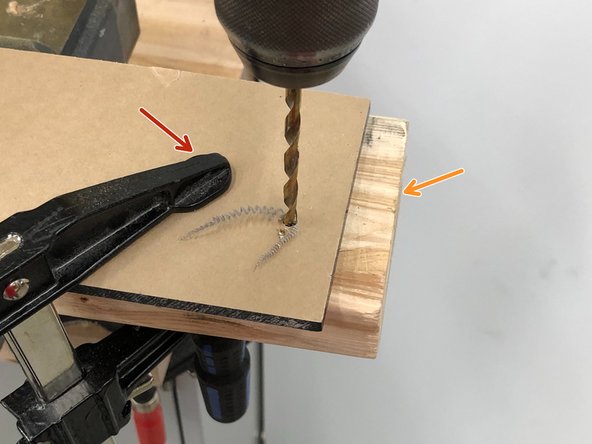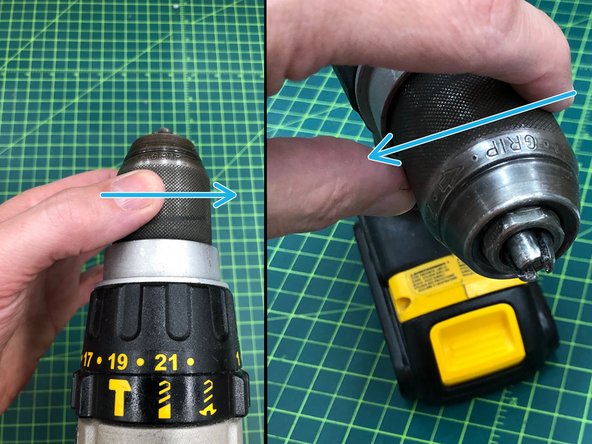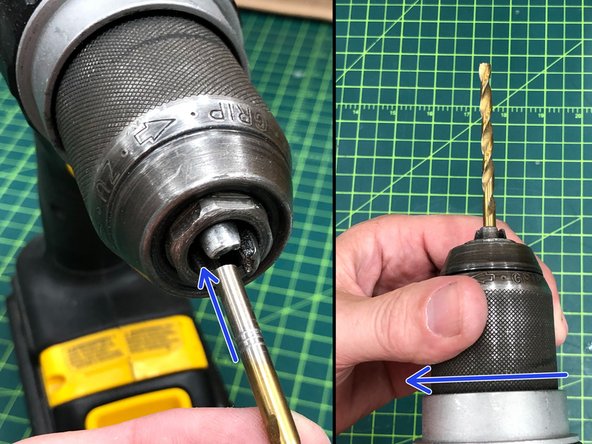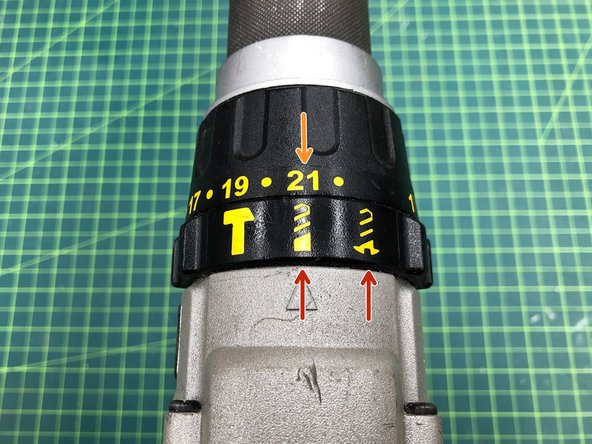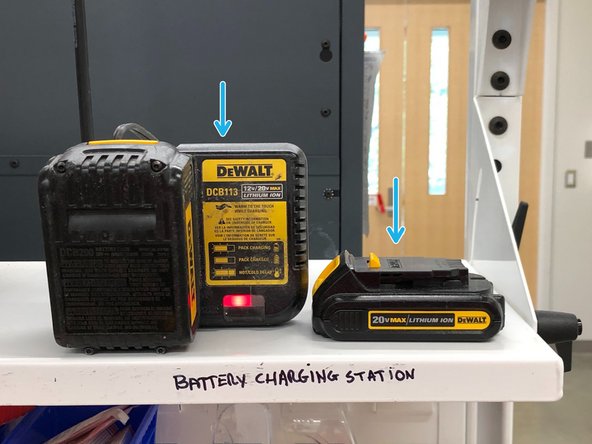Introduction
The cordless drill is the most frequently used drill/driving tool. They come in many shapes and sizes. Some are small and light, while others are very heavy and cumbersome, which makes them useful in boring large holes. These drills have a great deal of torque, so extra care should be taken to avoid things that may damage the bit and/or your wrist.
Drills are also commonly used for driving light-touch screws, however impact drivers are much better suited for driving heavy screws. When using a drill to drive screws, take extra care to not strip the head or tighten the screws too much, or they will snap in half. Some drills have adjustable torque settings that can be used to avoid over-tightening. Other drills can also come with variable speed triggers: faster speeds for drilling, slower speeds for driving screws. In addition, a lot of drills now come with keyless chucks, that don’t require a separate key to tighten the bit in the chuck. Thus, hand pressure is all that is necessary.
Images by: Andy G., The Home Depot
-
-
1. Chuck
-
2. Clutch
-
3. Direction switch/trigger lock
-
4. Trigger switch
-
5. Speed Selector
-
6. Battery release
-
7. Battery
-
-
-
Always use eye protection during operation
-
Secure any loose clothing and tie back long hair
-
Make all adjustments to the drill while the battery is removed or the direction switched is in the center (locked) position
-
When using the drill for extended periods of time, make sure that the motor does not overheat
-
-
-
Firmly clamp or secure all work before using the drill.
-
Be sure to use a scrap piece below the piece of which you are drilling
-
Rotate the chuck clockwise to loosen
-
Insert the bit into the chuck, and rotate counterclockwise to tighten until you hear the chuck start to click
-
Make sure you do this while the battery is removed or the direction switch is in the locked position
-
-
-
Choose the correct setting for either drilling hole or driving a screw
-
Select an appropriate torque setting: highest for drilling holes, lower for driving screws
-
The torque setting will determine how deep the drill can bore into the material before stopping
-
Use the correct type and size of drill bit for the application- ask for assistance if unsure
-
When drilling, ease up on feed pressure as the drill cuts through the work
-
Use slow drill speeds for drilling metal, and fast speed for drilling wood
-
When a cordless drill battery runs down - replace with charged battery and make sure to recharge used one
-





